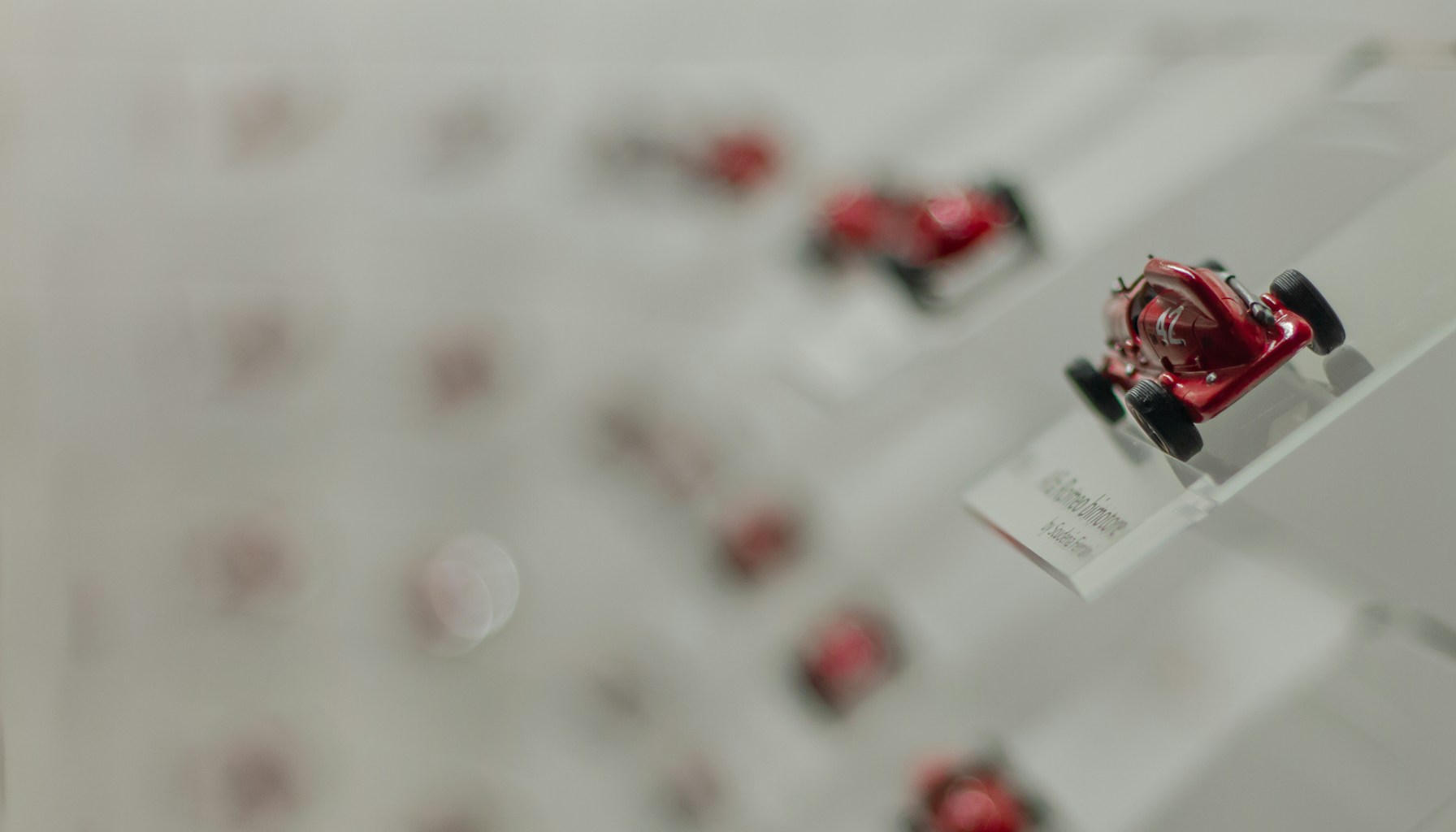Quantization in Edge AI: Boosting Efficiency Without Sacrificing Accuracy
Published 2025-09-27 · AI Education | Edge AI & Hardware

Imagine your phone running complex AI models as smoothly as a high-end server. That's the magic of quantization in edge AI. As AI models grow larger and more power-hungry, quantization steps in to trim the fat, making them leaner and faster. But how does it pull off this balancing act without losing accuracy? Let's dive into the world of edge AI hardware and see why quantization is the unsung hero of modern AI.
What is Quantization?
Quantization is the process of reducing the precision of numbers in AI models, typically from 32-bit to 8-bit. Historically, AI models required high precision for accuracy, but recent advancements show that lower precision can maintain performance while reducing computational load. This shift is crucial for deploying AI on edge devices like smartphones and IoT gadgets.
How It Works
Think of quantization as putting your AI model on a diet. It replaces bulky 32-bit numbers with slimmer 8-bit versions, cutting down on memory and processing power. Imagine swapping a heavy-duty truck for a nimble sports car—both get you to your destination, but the latter does it with less fuel. For example, Google's TensorFlow Lite uses quantization to run models efficiently on mobile devices.
Real-World Applications
Quantization shines in industries like healthcare, where AI models analyze medical images on portable devices. In autonomous vehicles, it allows real-time processing of sensor data without draining battery life. Retailers use it in smart cameras for inventory management, ensuring quick and accurate product recognition.
Benefits & Limitations
Quantization reduces latency and energy consumption, making it ideal for edge AI applications. However, it can introduce slight accuracy loss, which might not be suitable for tasks requiring high precision. It's best avoided in scenarios where every decimal point counts, like financial forecasting.
Latest Research & Trends
Recent studies highlight techniques like mixed-precision quantization, which optimizes different parts of a model separately. Companies like NVIDIA and ARM are pushing the envelope with hardware that supports efficient quantized operations, signaling a trend towards more capable edge AI devices.
Visual
mermaid flowchart TD A[32-bit Model]-->B[Quantization] B-->C[8-bit Model] C-->D[Edge Device Efficiency]
Glossary
- Quantization: Reducing the precision of numbers in AI models to improve efficiency.
- Edge AI: AI computation performed on local devices rather than centralized servers.
- Precision: The level of detail in numerical representation, affecting accuracy and resource use.
- TensorFlow Lite: A lightweight version of TensorFlow designed for mobile and edge devices.
- Mixed-Precision Quantization: A technique that applies different precision levels to different model parts.
Citations
- https://www.tensorflow.org/lite
- https://developer.nvidia.com/embedded-computing
- https://www.arm.com/solutions/artificial-intelligence
- https://arxiv.org/abs/2004.09602
- https://openai.com/index/aarp-partnership-older-adults-online-safety
Comments
Loading…